Exploring the Elegance of Bastar Art: A Deep Dive into Chhattisgarh's Timeless Tribal Craft
Bastar art is a vibrant expression of the rich cultural heritage of Chhattisgarh, India. This unique tribal art form hails from the Bastar region, which is celebrated for its intricate craftsmanship, symbolic motifs, and deep connection to nature and spirituality. With its roots embedded in the traditions of the Bastar tribes, this art form has evolved into various mediums, including metal, wood, painting, and textiles. Let us delve into the luxury, depth, and diversity of Bastar art, exploring its historical significance, techniques, and modern adaptations.
The Essence of Bastar Art
Origins and Historical Significance
Bastar art has its origins in the indigenous communities of Bastar, including the Gond, Maria, and Muria tribes. This art form reflects their daily lives, rituals, and spiritual beliefs. The traditional motifs often depict tribal deities, animals, and scenes from folklore, showcasing a symbiotic relationship with nature.
Symbolism and Cultural Relevance
Each piece of Bastar art tells a story. The intricate designs symbolize themes like fertility, protection, and harmony with the environment. The art form is not just decorative but also holds cultural and spiritual significance, often used in rituals and celebrations.
Diverse Forms of Bastar Art
Bastar Metal Art (Dhokra)
One of the most celebrated aspects of Bastar art is Dhokra metal craft, a 4,000-year-old art form that employs the lost-wax casting technique. Craftsmen create stunning brass sculptures of deities, animals, and utility items like lamps and jewelry.
- Technique: A clay core is shaped, coated with wax, and then covered with another layer of clay. Once the mold is heated, the wax melts, and molten brass is poured into the cavity. After cooling, the mold is broken to reveal a unique artifact.
- Key Products: Bastar brass art includes tribal figurines, idols, and utilitarian items like candle stands and bells.
Bastar Wooden Art
Woodcraft in Bastar showcases the region's natural abundance and skilled artisans. Wooden furniture, door designs, and wall panels are carved with exquisite patterns inspired by tribal culture.
- Furniture: Bastar art furniture such as beds, dining tables, and diwans feature intricate carvings that blend tradition with functionality.
- Home Decor: Items like Bastar wooden art wall hangings and sculptures are popular for their rustic charm and artistic finesse.
Bastar Paintings
Bastar tribal art paintings bring vibrant colors and themes to life on canvas and fabric. These paintings often depict scenes from tribal life, mythology, and nature.
- Style and Themes: Bastar paintings are characterized by bold lines, vivid colors, and symbolic representations of animals, deities, and daily activities.
- Application: Tribal canvas Bastar art paintings are used as wall decor, while Bastar art sarees feature hand-painted motifs.
Bastar Terracotta and Clay Art
Terracotta art from Bastar includes traditional sculptures, figurines, and decorative items. These items are molded with care and precision, often featuring themes of rural life and mythology.
The Process Behind Bastar Art
Materials and Tools
Artisans primarily use locally available materials such as wood, brass, terracotta, and natural pigments. Tools like chisels, hammers, and molds are skillfully employed to craft each piece.
The Role of Nature
Nature inspires Bastar art, evident in the motifs of animals, trees, and tribal deities. Artisans often meditate upon their surroundings, translating the beauty of the Bastar landscape into their creations.
Modern Adaptations of Bastar Art
Fusion with Contemporary Design
Today, Bastar art is no longer confined to traditional settings. It has found a place in urban homes, luxury decor, and even fashion.
- Bastar Art Furniture: Modern adaptations include sleek yet traditionally carved pieces, such as Bastar art dining tables and sofas.
- Bastar Art Wall Paintings: These serve as statement pieces in contemporary interiors.
Online Availability
The global market has embraced Bastar art, with platforms offering Bastar art online, making it accessible to a wider audience. Items such as Bastar art images, Bastar craft jewelry, and Bastar paintings are now just a click away.
Significance of Bastar Art in Chhattisgarh
A Symbol of Regional Identity
Bastar art is more than just an art form; it represents the identity and heritage of Chhattisgarh. From festivals to daily life, this art is deeply ingrained in the state’s culture.
Support for Tribal Communities
Purchasing Bastar art not only preserves this ancient craft but also supports the livelihoods of tribal artisans. Initiatives to promote tribal art forms of Chhattisgarh have helped in sustaining these communities.
Decorating with Bastar Art
Home Decor
Incorporating Bastar art into your home can bring a unique blend of tradition and sophistication. Options include:
- Wall Art: Bastar art wall paintings and carvings make for eye-catching decor.
- Furniture: Bastar art beds and diwans add a luxurious yet earthy touch.
- Accessories: Items like brass lamps and terracotta figurines add character to any space.
Fashion and Jewelry
Bastar art extends to fashion, with tribal jewelry and sarees featuring traditional motifs. These pieces offer a unique way to showcase India’s cultural heritage.
Preservation and Future of Bastar Art
Challenges
Despite its beauty and cultural significance, Bastar art faces challenges such as competition from mass-produced goods and declining interest among younger artisans.
Preservation Efforts
Government and non-government organizations are working to promote Bastar art through exhibitions, online platforms, and educational programs.
Bastar art is a treasure trove of culture, craftsmanship, and tradition. Its intricate designs and deep symbolism make it a luxury worth cherishing. Whether through a Bastar art painting, a brass sculpture, or a wooden masterpiece, this art form brings a piece of Chhattisgarh's rich heritage into our lives. Embrace the timeless beauty of Bastar art and support the artisans who keep this legacy alive.
What Makes Bastar Art Renowned?
Bastar, located in Chhattisgarh, is renowned for its exceptional display of tribal arts and crafts, which capture the essence of the region's rich cultural heritage. Bastar's metalwork, particularly Dokra art, stands out for its extraordinary craftsmanship among the various art forms. Dokra art is renowned for using the ancient lost-wax casting technique. This traditional method involves creating a detailed wax model of the art piece, covering it with a clay mold, and then melting away the wax to leave a hollow cavity. Molten metal is poured into this cavity, creating a finely crafted sculpture with intricate designs.
This technique has been practiced for over a century, and its results are highly prized for their unique, handcrafted quality. The ability to create complex and detailed patterns through this method makes Dokra art particularly special. Collectors and enthusiasts highly covet Bastar art for its distinctive materials and methods, deep cultural significance, and skill involved in its creation. Each piece of Bastar art is a testament to the region’s rich traditions and the artistry of its tribal communities.
What are the Materials Used in Bastar Art?
- Wood: Wood is central to Bastar art, particularly for carving detailed sculptures and masks. Local hardwoods, known for their strength and grain patterns, are meticulously shaped into intricate designs. Carvings often depict deities, mythological figures, and animals, reflecting the region's spiritual and cultural beliefs.
- Metal: Traditional Bastar metalwork uses a range of metals, including iron, brass, and copper. The distinctive bell metal (an alloy of copper and tin) is especially notable in Bastar art. This metal creates various sculptures, figurines, and jewelry through techniques like lost-wax casting. The process involves creating a wax model of the art piece, covering it with a mold, and then melting away the wax to leave a metal sculpture.
- Stone: Stone is also used in Bastar art, less commonly than wood and metal. Stone sculptures and decorative objects are crafted from locally sourced stones. These pieces often feature traditional designs and are used in functional and ceremonial contexts.
- Natural Pigments: Bastar paintings use natural pigments derived from plants, minerals, and insects. These pigments are combined with natural binders to create vibrant, long-lasting colors. The paintings often depict scenes from folklore, daily life, and nature, showcasing the region’s rich narrative traditions.
- Textiles: Bastar textiles are crafted from natural fibers such as cotton and silk. These fabrics are handwoven using traditional techniques, resulting in unique patterns and textures. Natural dyes are used to color the textiles, adding to their aesthetic appeal. The textiles include shawls, garments, and other woven pieces that often feature intricate designs and motifs.
What Inspires Bastar Artists?
Bastar artists are inspired primarily by their natural environment, tribal myths, and daily life. They draw from the region's flora and fauna, spiritual beliefs, and everyday rituals to create art that reflects their cultural heritage and traditions.
- Natural Environment: The region's diverse flora and fauna significantly influence Bastar art. Artists often depict local plants, animals, and landscapes, reflecting the area's natural beauty and ecological richness.
- Tribal Myths and Legends: The art is heavily influenced by tribal myths, legends, and spiritual beliefs. These stories shape the themes and motifs, embedding cultural and religious significance into each piece.
- Daily Life: The art commonly depicts scenes from everyday life in the Bastar community, including rituals, festivals, and communal activities. This portrayal captures the essence of tribal customs and celebrations, making the art relatable and vibrant.
How Can I Choose the Right Bastar Art Piece?
When choosing the right Bastar art, it's important to consider your preferences and needs. Here's a helpful guide to assist you in making an informed choice:
- Identify Your Preferences: Look for pieces that resonate with you. Consider what visually appeals to you and creates a sense of connection. Whether you're interested in intricate metalwork, detailed wood carvings, or vibrant textiles, make sure the artwork reflects your taste and style.
- Explore Local Markets and Galleries: Visit local markets, galleries, or craft fairs to find a diverse range of Bastar art. This allows you to see various pieces and understand different styles and techniques local artisans use.
- Verify Authenticity: Ensure local artisans craft the artwork using traditional methods. Authentic Bastar art not only supports the local economy but also preserves the authenticity of the cultural craft.
- Consider the Purpose: Consider why you purchase the art. Are you looking to enhance your home decor, find a functional piece, or invest in a unique cultural artifact? Clarifying the purpose can help you choose the right piece that meets your needs.
- Budget: Bastar art is available at various price points, from affordable pieces to high-end collectibles. Set a budget that works for you while considering the value and quality of the piece.
- Support Local Artisans: Purchasing directly from local artisans ensures they receive fair compensation for their work and helps sustain the cultural heritage of Bastar art.
How to Take Care of Bastar Arts?
Maintaining Bastar art requires a balance between preserving the artwork and protecting it from external factors. Here are some tips:
- Keep Away from Direct Sunlight: Exposure to direct sunlight can cause fading or damage to the artwork's colours and materials.
- Dust Regularly: Use a soft cloth to gently dust the artwork and prevent the accumulation of dirt. Avoid using water or harsh chemicals.
- Maintain Proper Humidity Levels: Excessive humidity can lead to warping or mold growth. Keep the artwork in a cool, dry environment.
- Avoid Excessive Handling: Minimize handling of delicate pieces to avoid wear and tear.
- Consider Professional Cleaning: For more intricate pieces, consider professional cleaning services that specialize in traditional artworks.
Where Can I Buy Bastar Arts?
Bastar art can be found in several places, including local markets, government-run emporiums, and online platforms. Visiting Chhattisgarh’s Bastar district offers an opportunity to buy directly from artisans, ensuring authenticity and supporting local craftsmanship. Additionally, IndianShelf now offer a wide range of Bastar art, allowing you to explore different options and purchase pieces from the comfort of your home.
FAQ
It is known for authentic metal grade artwork that looks wonderful and awesome. The best part about these art forms is the same as the capacity to blend into any type of home decor.
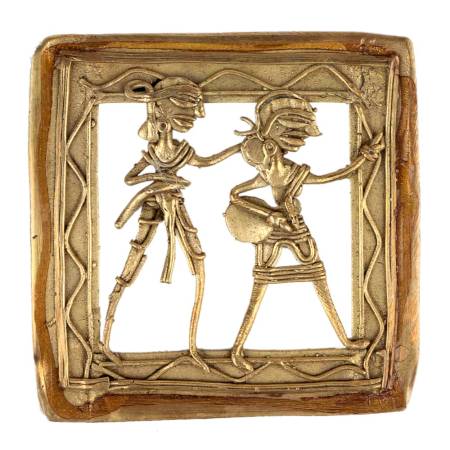
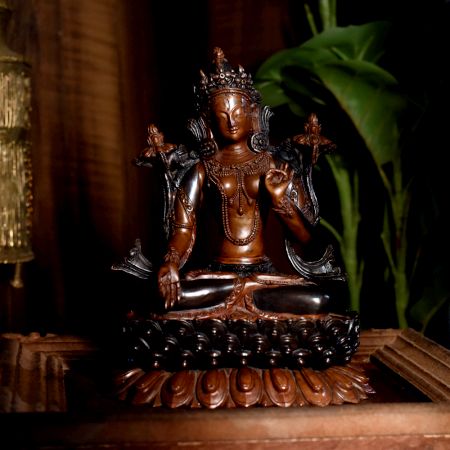
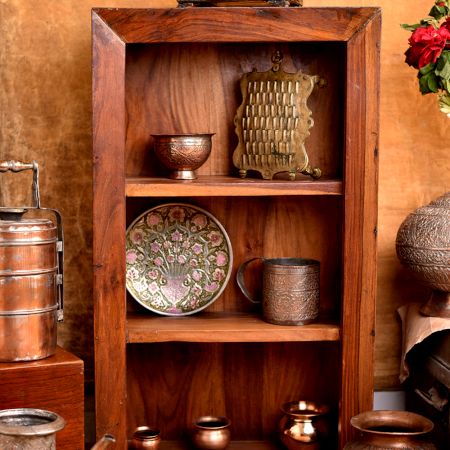
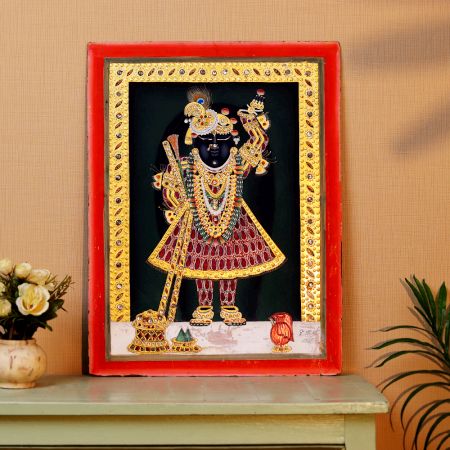
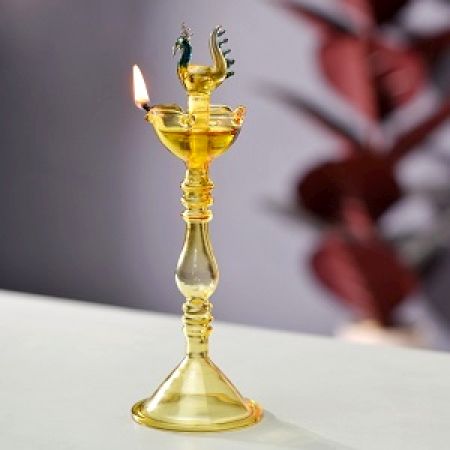
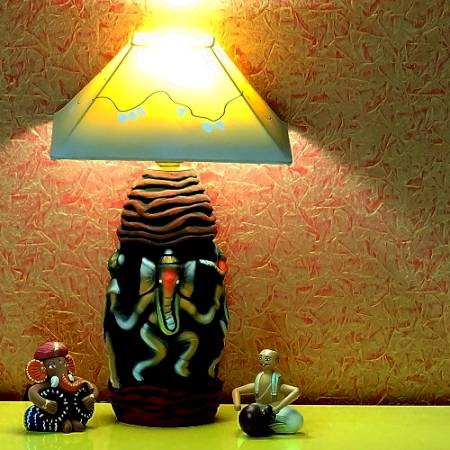
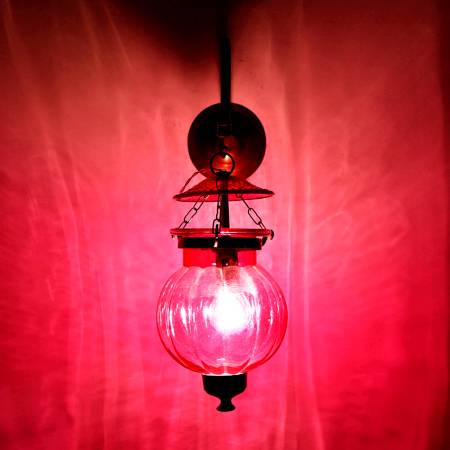

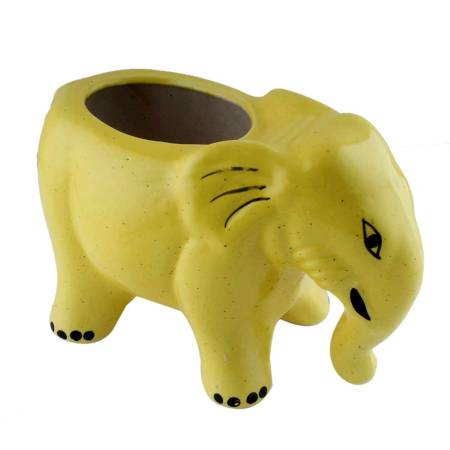
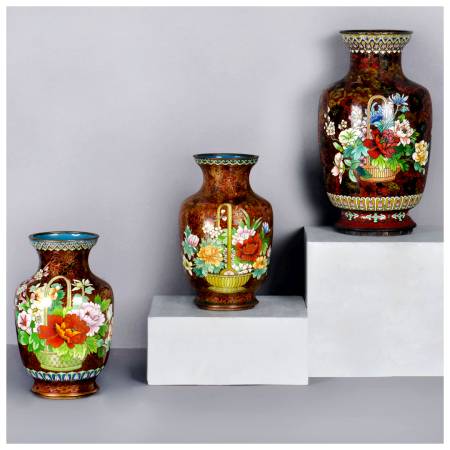
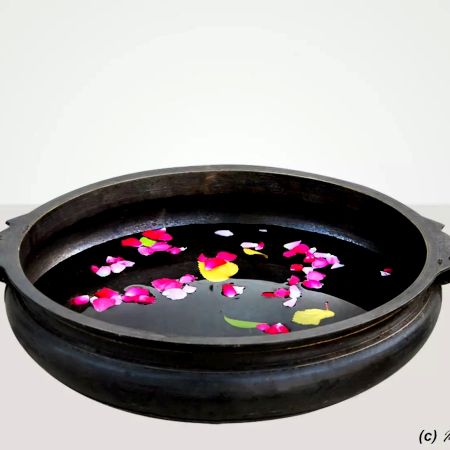
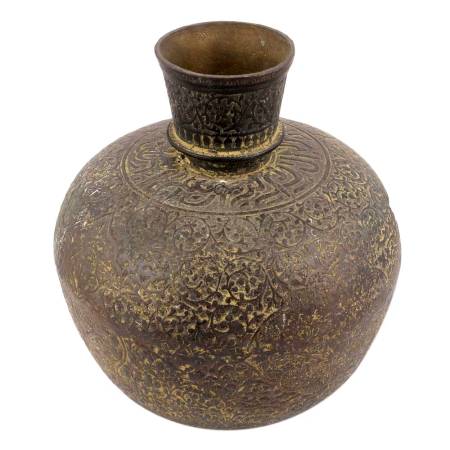
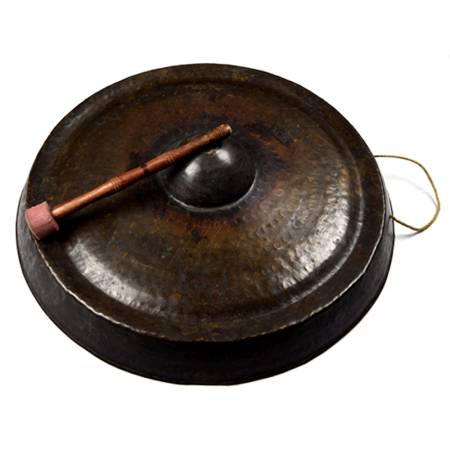

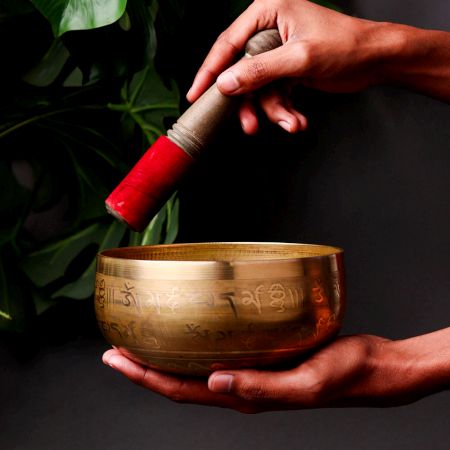
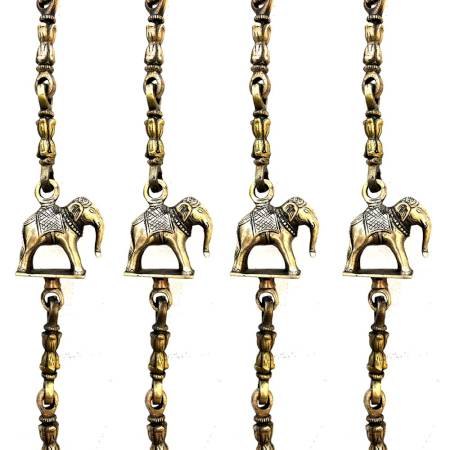
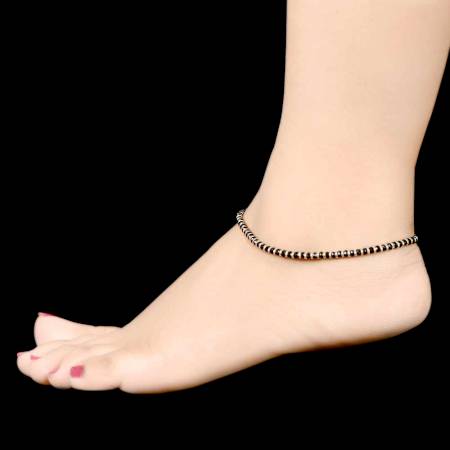
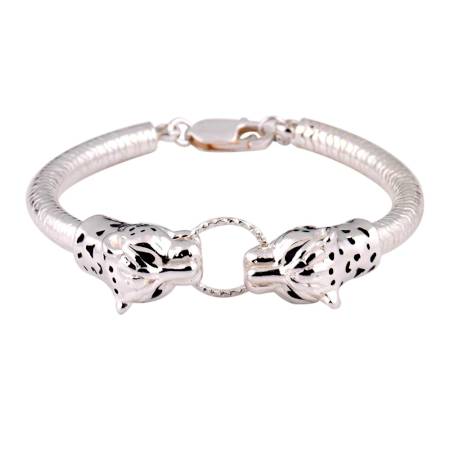
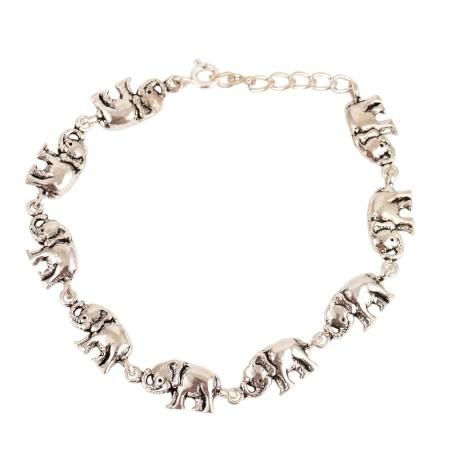
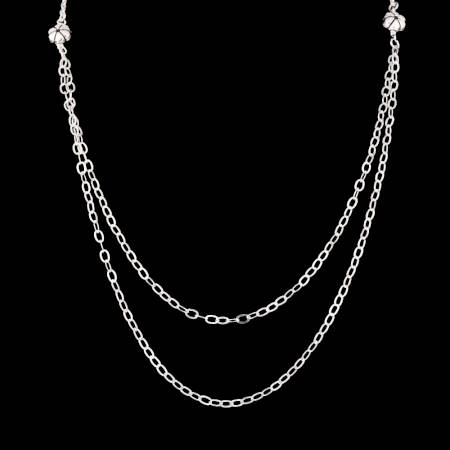
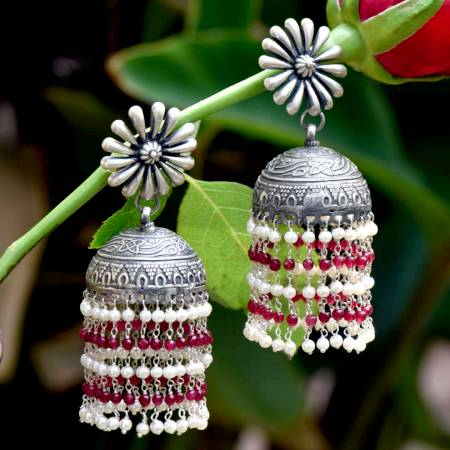
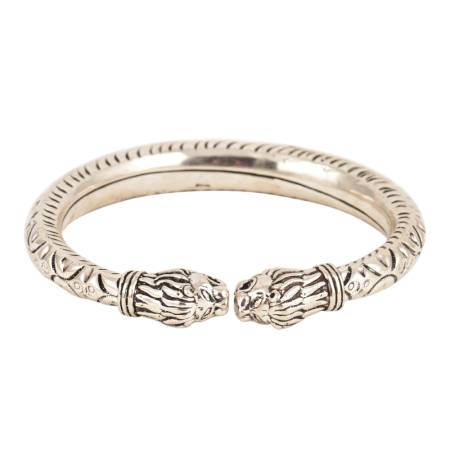
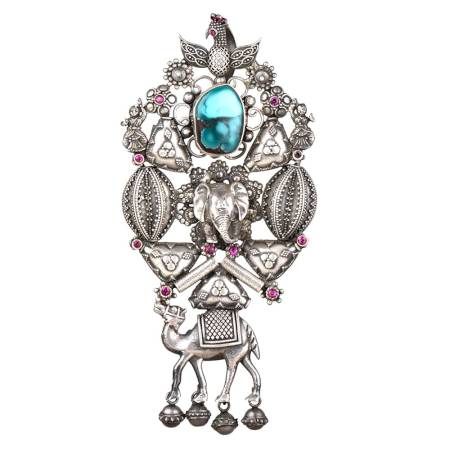
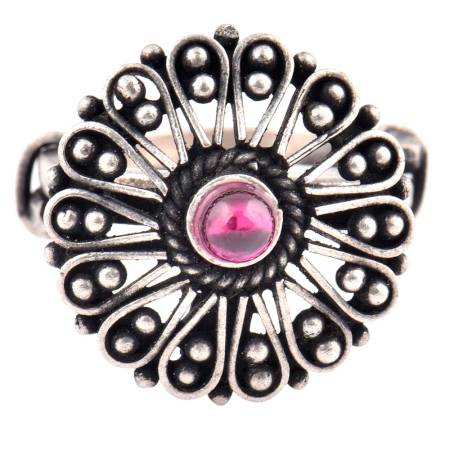
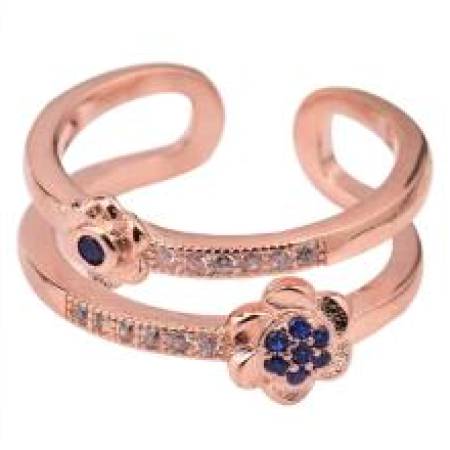
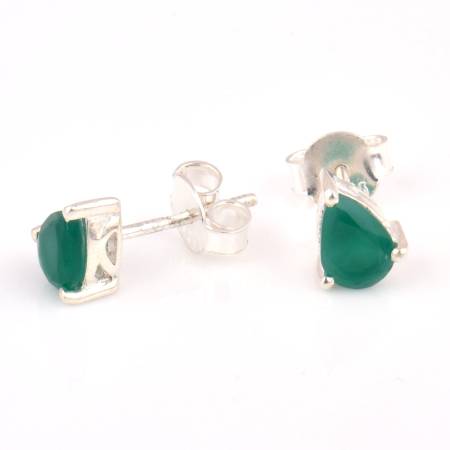































































.JPG?ver=1.7)
.JPG?ver=1.7)
.JPG?ver=1.7)
.JPG?ver=1.7)
.JPG?ver=1.7)
.JPG?ver=1.7)
.JPG?ver=1.7)
.JPG?ver=1.7)
.jpg?ver=1.7)
.JPG?ver=1.7)
.JPG?ver=1.7)
.JPG?ver=1.7)
.JPG?ver=1.7)
.JPG?ver=1.7)
.jpg?ver=1.7)
.jpg?ver=1.7)
.JPG?ver=1.7)
.JPG?ver=1.7)
.JPG?ver=1.7)
.JPG?ver=1.7)
.JPG?ver=1.7)
.JPG?ver=1.7)
.JPG?ver=1.7)
.JPG?ver=1.7)
.JPG?ver=1.7)
.JPG?ver=1.7)
.JPG?ver=1.7)
.JPG?ver=1.7)
.JPG?ver=1.7)
.JPG?ver=1.7)
.JPG?ver=1.7)
.JPG?ver=1.7)
.JPG?ver=1.7)
.JPG?ver=1.7)
.JPG?ver=1.7)
.JPG?ver=1.7)
.JPG?ver=1.7)
.JPG?ver=1.7)
.JPG?ver=1.7)
.JPG?ver=1.7)
.JPG?ver=1.7)
.JPG?ver=1.7)
.JPG?ver=1.7)
.JPG?ver=1.7)
.JPG?ver=1.7)
.JPG?ver=1.7)
.JPG?ver=1.7)
.JPG?ver=1.7)
.jpg?ver=1.7)
.JPG?ver=1.7)
.jpg?ver=1.7)
.JPG?ver=1.7)
.jpg?ver=1.7)
.jpg?ver=1.7)
.jpg?ver=1.7)
.jpg?ver=1.7)
.JPG?ver=1.7)
.JPG?ver=1.7)
.jpg?ver=1.7)
.JPG?ver=1.7)
.JPG?ver=1.7)
.JPG?ver=1.7)
.jpg?ver=1.7)
.jpg?ver=1.7)
.JPG?ver=1.7)
.JPG?ver=1.7)
.jpg?ver=1.7)
.jpg?ver=1.7)
.JPG?ver=1.7)
.JPG?ver=1.7)
.jpg?ver=1.7)
.jpg?ver=1.7)
.JPG?ver=1.7)
.JPG?ver=1.7)
.jpg?ver=1.7)
.jpg?ver=1.7)
.jpg?ver=1.7)
.jpg?ver=1.7)
.jpg?ver=1.7)
.jpg?ver=1.7)
.JPG?ver=1.7)
.JPG?ver=1.7)
.JPG?ver=1.7)
.JPG?ver=1.7)
.JPG?ver=1.7)
.JPG?ver=1.7)
.JPG?ver=1.7)
.JPG?ver=1.7)
.JPG?ver=1.7)
.JPG?ver=1.7)
.jpg?ver=1.7)
.jpg?ver=1.7)
.JPG?ver=1.7)
.JPG?ver=1.7)
.JPG?ver=1.7)
.JPG?ver=1.7)
.JPG?ver=1.7)
.JPG?ver=1.7)
.JPG?ver=1.7)
.JPG?ver=1.7)
.JPG?ver=1.7)
.JPG?ver=1.7)
.JPG?ver=1.7)
.JPG?ver=1.7)
.JPG?ver=1.7)
.JPG?ver=1.7)
.JPG?ver=1.7)
.JPG?ver=1.7)
.JPG?ver=1.7)
.JPG?ver=1.7)
.JPG?ver=1.7)
.JPG?ver=1.7)
.JPG?ver=1.7)
.JPG?ver=1.7)
.JPG?ver=1.7)
.JPG?ver=1.7)
.JPG?ver=1.7)
.JPG?ver=1.7)
.JPG?ver=1.7)
.JPG?ver=1.7)
.JPG?ver=1.7)
.JPG?ver=1.7)
.JPG?ver=1.7)
.JPG?ver=1.7)
.JPG?ver=1.7)
.JPG?ver=1.7)
.jpg?ver=1.7)
.jpg?ver=1.7)
.JPG?ver=1.7)
.JPG?ver=1.7)
.jpg?ver=1.7)
.jpg?ver=1.7)
.jpg?ver=1.7)
.jpg?ver=1.7)
.JPG?ver=1.7)
.JPG?ver=1.7)
.JPG?ver=1.7)
.JPG?ver=1.7)
.jpg?ver=1.7)
.jpg?ver=1.7)
.jpg?ver=1.7)
.jpg?ver=1.7)
.JPG?ver=1.7)
.JPG?ver=1.7)
.jpg?ver=1.7)
.JPG?ver=1.7)
.jpg?ver=1.7)
.JPG?ver=1.7)
.JPG?ver=1.7)
.JPG?ver=1.7)
.JPG?ver=1.7)
.JPG?ver=1.7)
.JPG?ver=1.7)
.JPG?ver=1.7)
.JPG?ver=1.7)
.JPG?ver=1.7)
.JPG?ver=1.7)
.JPG?ver=1.7)
.JPG?ver=1.7)
.JPG?ver=1.7)
.JPG?ver=1.7)
.JPG?ver=1.7)
.JPG?ver=1.7)
.JPG?ver=1.7)
.JPG?ver=1.7)
.JPG?ver=1.7)
.JPG?ver=1.7)
.JPG?ver=1.7)
.JPG?ver=1.7)
.JPG?ver=1.7)
.JPG?ver=1.7)
.JPG?ver=1.7)
.JPG?ver=1.7)
.jpg?ver=1.7)
.jpg?ver=1.7)
.jpg?ver=1.7)
.jpg?ver=1.7)

